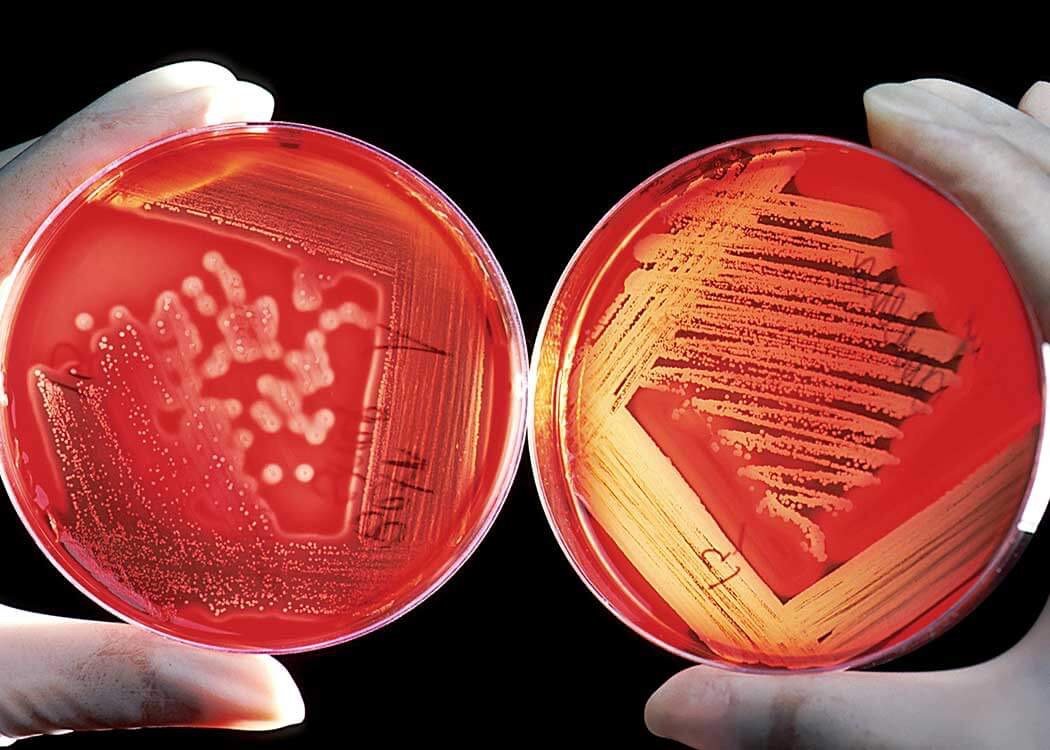Researchers are unraveling the mystery behind plummeting sperm counts—and exploring innovative ways to reverse this alarming global trend.
In recent years, a concerning trend has emerged on the global health stage: sperm counts are declining at an unprecedented rate. Studies indicate that over the past few decades, average sperm concentrations have dropped by more than 50%. This decline isn’t just a reproductive issue—it’s a red flag for broader public health concerns. But what’s driving this phenomenon? And more importantly, can we do anything about it?
The Alarming Statistics
Research published in respected journals like Human Reproduction Update paints a stark picture. Between 1973 and 2018, total sperm count among men in Western countries fell by approximately 62%. Even more troubling is that this downward trajectory shows no signs of slowing down. While initial studies focused primarily on North America, Europe, and Australia, similar patterns are now being observed in other parts of the world.
This decline raises critical questions about fertility rates, population growth, and even the long-term survival of our species. However, understanding why sperm counts are dropping is the first step toward addressing the problem.
What’s Behind the Decline?
Scientists point to a combination of environmental, lifestyle, and biological factors contributing to the drop in sperm quality and quantity. Here’s a closer look at some key culprits:
1. Environmental Toxins
Exposure to endocrine-disrupting chemicals (EDCs) found in plastics, pesticides, and industrial pollutants is one of the leading suspects. These substances mimic or interfere with hormones, disrupting normal reproductive function. Bisphenol A (BPA), phthalates, and perfluorinated compounds (PFAS) are particularly notorious offenders.
2. Lifestyle Factors
Modern living comes with its own set of challenges. Poor diet, sedentary behavior, smoking, excessive alcohol consumption, and stress all take a toll on male fertility. Obesity, which has reached epidemic proportions globally, is also strongly linked to reduced sperm production.
3. Heat Exposure
The testicles require a slightly cooler temperature than the rest of the body to produce healthy sperm. Activities such as frequent use of saunas, hot tubs, or even prolonged laptop use on laps can negatively impact sperm production.
4. Genetic and Epigenetic Changes
Some researchers suggest that genetic mutations passed down through generations, along with epigenetic changes caused by environmental exposures, could be playing a role. These changes may alter how genes related to reproduction are expressed.
5. Psychological Stress
Chronic stress triggers hormonal imbalances that can suppress testosterone levels and impair sperm production. In today’s fast-paced world, stress has become a pervasive factor affecting overall well-being—including reproductive health.
Reversing the Trend: Hope on the Horizon
While the statistics are sobering, there’s reason for optimism. Researchers are actively investigating solutions to mitigate these effects and improve male fertility. Here are some promising avenues:
1. Reducing Chemical Exposure
Efforts are underway to regulate harmful chemicals in consumer products. Individuals can also make conscious choices, such as opting for BPA-free containers, avoiding processed foods, and using natural personal care products.
2. Promoting Healthy Lifestyles
Simple lifestyle modifications can yield significant improvements. Regular exercise, a balanced diet rich in antioxidants, adequate sleep, and stress management techniques like meditation can boost both general health and sperm quality.
3. Advancements in Medical Treatments
Fertility clinics are leveraging cutting-edge technologies to help couples conceive despite low sperm counts. Techniques like intracytoplasmic sperm injection (ICSI) allow fertilization using just a single viable sperm. Meanwhile, research into stem cell therapy and gene editing holds potential for future breakthroughs.
4. Public Awareness Campaigns
Educating men about the importance of reproductive health is crucial. Many remain unaware of how their daily habits affect their fertility. Public health initiatives aimed at raising awareness can empower individuals to take proactive steps.
5. Policy Interventions
Governments and organizations must prioritize policies that reduce pollution and promote sustainable practices. By tackling environmental degradation, we not only protect ecosystems but also safeguard human health.
A Call to Action
The decline in sperm counts serves as a wake-up call—a reminder that our actions, environments, and lifestyles have far-reaching consequences. It’s not just about individual fertility; it’s about ensuring a healthy future for generations to come.
By combining scientific innovation with collective responsibility, we can turn the tide on this crisis. Whether you’re a policymaker, healthcare provider, or simply someone who cares about the planet and its people, there’s a role for everyone to play.
Let’s work together to create a healthier, more fertile world—for ourselves and for those yet to be born.



